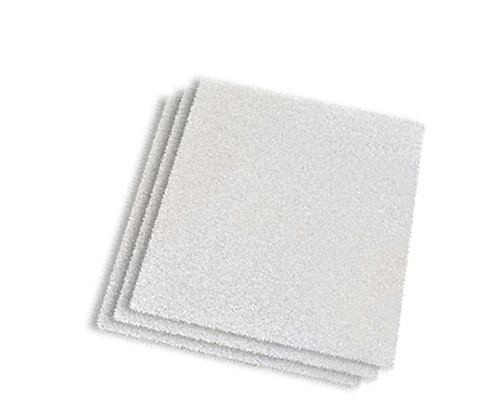After long-term use of filter method in the Canadian aluminum foundry, it is proved that the ceramic foam filter plate is an effective tool for removing the oxide inclusions in the melts. General fiber filtration can only remove large inclusions, while the foam ceramic filter plate can simultaneously filter out large inclusions and small inclusions.
The Canadian Aluminum Group is a multinational corporation, market-oriented, and a world leader in the aluminum and specialty packaging industries. It has world-class production equipment in primary aluminum, aluminum products, flexible packaging and special packaging, aerospace applications, bauxite mining, and alumina processing. Alcan is the second-largest producer of primary aluminum in the world.
Aluminum Corporation of Canada is a global leader in raw materials. Provide high-quality products, engineering solutions, and services for the world. It includes the bauxite and alumina group, the primary aluminum group, the engineering aluminum product group, and the packaging product group.
Aluminum is a large export business for Canadian aluminum, and the purity of aluminum is very important to Canadian aluminum. In view of the fact that the aluminum material itself will bring in certain inclusions and be polluted during the melting process, it must be purified to obtain a clean aluminum liquid, which can provide qualified aluminum melt for the next step of processing.
The demand for refined and high-quality products may be greater than the demand for porous and rough items. Due to the presence of many impurities in molten metal and higher requirements for high-quality products, the use of ceramic foam filter is becoming more and more popular in Canadian aluminum foundry.
Ceramic foam filters (CFF) have been widely used for filtering impurities out of molten aluminium in cast houses. Molten metal filtration is a necessary step to optimize metal quality and downstream finished products. Inclusions can originate from a variety of sources during the production process, including surface oxide films, eroded furnace refractories and insoluble impurities like carbides.

